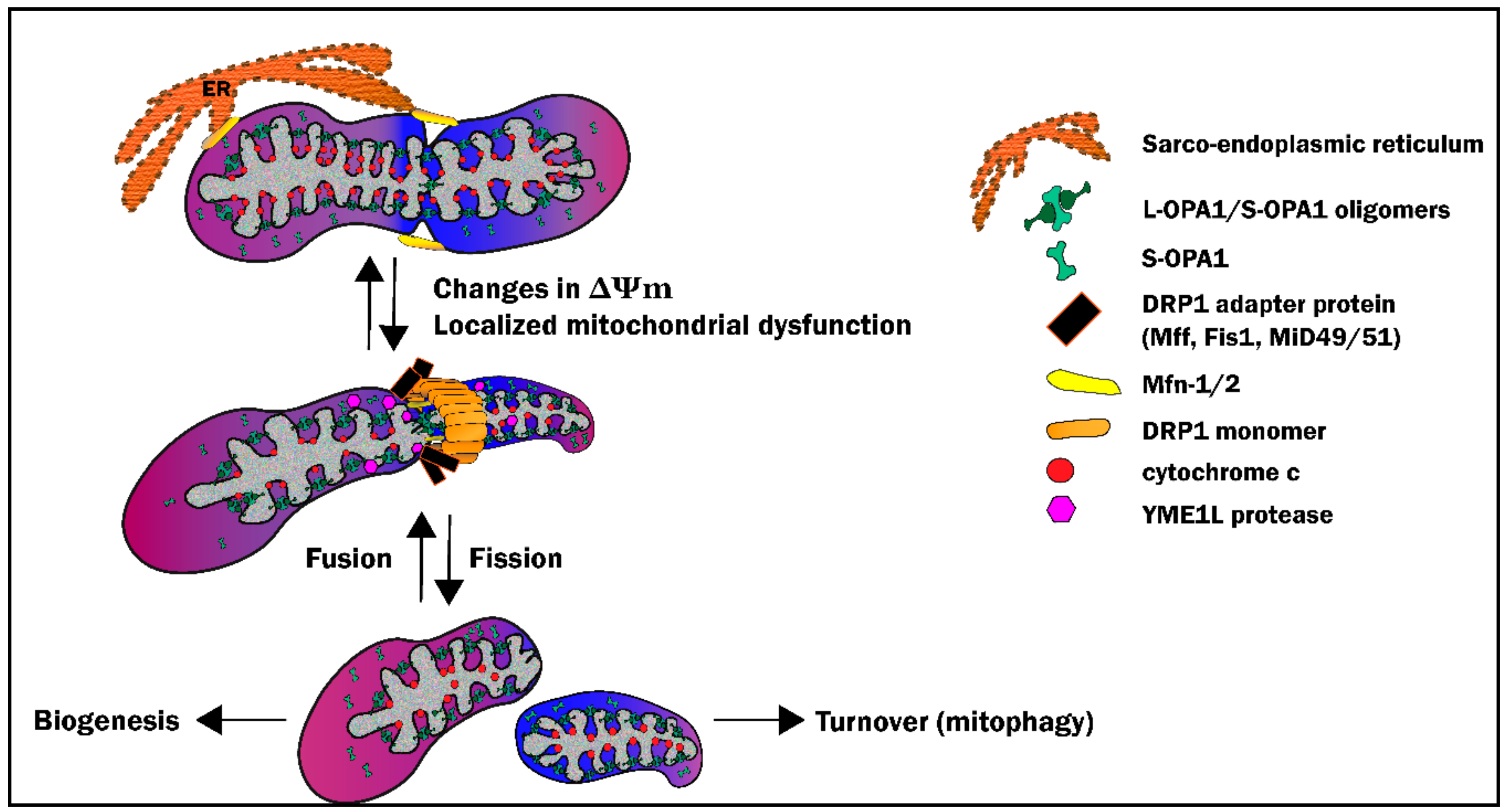

For example, fission involves the separation of both the OMM (outer mitochondrial membrane) and IMM (inner mitochondrial membrane) and their rejoining in the correct orientation, without significant loss of soluble proteins from the mitochondrial matrix or intermembrane space. While superficially straightforward, these processes require a high degree of co-ordination. The former involves the separation of a single mitochondrion into two or more daughter organelles, while the latter results in a single mitochondrion being formed from previously discrete and independent structures. The search for the mechanisms that control alterations in mitochondrial morphology has led to the realization that the changes we observe are not only indicative of organelle function, but in many cases actually regulate the ability of mitochondria to carry out their numerous roles.Ĭhanges in the number and size of mitochondria in a cell are largely controlled by two opposing forces: fission and fusion. It has only been in the last 15 years, with great advances in live-cell-imaging techniques, that we have begun to re-appreciate the amazingly vibrant nature of mitochondria. Consequently, the textbook image of a mitochondrion became that of a static and unvarying organelle marooned in the cytoplasm. However, with the advent of electron microscopy and its ability to unearth the secrets of cellular ultrastucture, the dynamic aspects of mitochondrial form were overshadowed for many years by pictures of organelles in fixed tissue samples. Alterations in mitochondrial morphology have been recorded for over 100 years, with early light microscopists describing changes in mitochondrial size, number and position under many different conditions. In keeping with the magnitude of these responsibilities, mitochondria are themselves highly regulated and dynamic organelles, having the ability to change both form and function rapidly to meet the physiological needs of the cell. Following their identification as the site of oxidative phosphorylation 60 years ago, mitochondria have also been implicated in the regulation of programmed cell death, the biosynthesis of haem complexes, calcium signalling, the oxidation of fatty acids and, more recently, as a platform for signal transduction in the innate immune response. In addition to their classic role as generators of ATP, mitochondria are central to several vital cellular functions. In the present chapter we discuss the mechanisms behind mitochondrial fission and fusion, and discuss the implications of changes in organelle morphology during the life of a cell. Although not fully understood, alterations in mitochondrial morphology appear to be involved in several activities that are crucial to the health of cells. Fission and fusion are active processes which require many specialized proteins, including mechanical enzymes that physically alter mitochondrial membranes, and adaptor proteins that regulate the interaction of these mechanical proteins with organelles. These actions occur simultaneously and continuously in many cell types, and the balance between them regulates the overall morphology of mitochondria within any given cell. Many of these changes are related to the ability of mitochondria to undergo the highly co-ordinated processes of fission (division of a single organelle into two or more independent structures) or fusion (the opposing reaction). Mitochondria are highly dynamic cellular organelles, with the ability to change size, shape and position over the course of a few seconds.


 0 kommentar(er)
0 kommentar(er)
